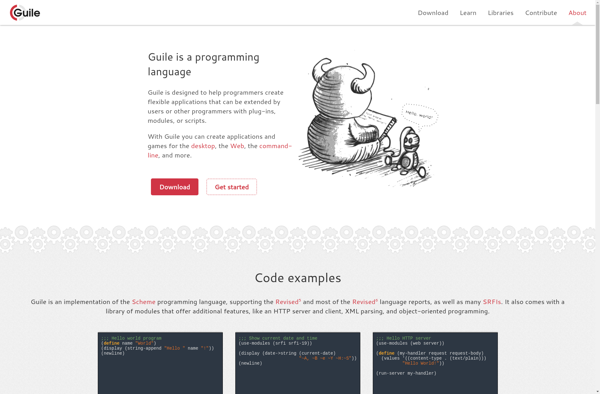JavaScript
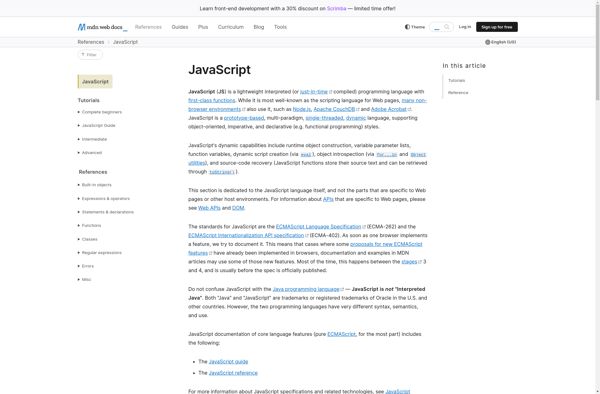
JavaScript: First-Class Functions
A lightweight, interpreted programming language with first-class functions, JavaScript is the scripting language for Web pages, but also used in Node.js and MongoDB
What is JavaScript?
JavaScript is a lightweight, interpreted programming language with first-class functions that allows you to implement complex features on web pages. When JavaScript runs in a browser, it can:
- Access and modify a web page's content and markup
- Respond to user actions
- Communicate asynchronously using callback functions
- Alter a web page's styling
- Animate page elements
JavaScript has curly-bracket syntax, dynamic typing, prototype-based object-orientation, and first-class functions. Its versatile implementation across modern browsers allows client-side scripts to be written that can run on any browser, OS or device.
JavaScript can also be run and executed on the server-side in environments such as Node.js. This enables you to build full stack apps and services using JavaScript both on the front end and the back end. It can also be embedded into HTML pages for scripting interaction.
Some key areas where JavaScript is commonly used:
- Web Development
- Mobile app development
- Game development
- Visualization and Animation
- Server Applications (with Node.js)
- IoT Devices
- And more...
JavaScript continues to be one of the core foundations of modern web development and programming due to its flexibility.
JavaScript Features
Features
- Client-side scripting language
- Object-oriented programming
- Functional programming
- Prototype-based programming
- First-class functions
- Dynamic typing
- Lightweight and interpreted
Pricing
- Free
- Open Source
Pros
Cons
Official Links
Reviews & Ratings
Login to ReviewThe Best JavaScript Alternatives
Top Development and Programming Languages and other similar apps like JavaScript
Here are some alternatives to JavaScript:
Suggest an alternative ❐Python
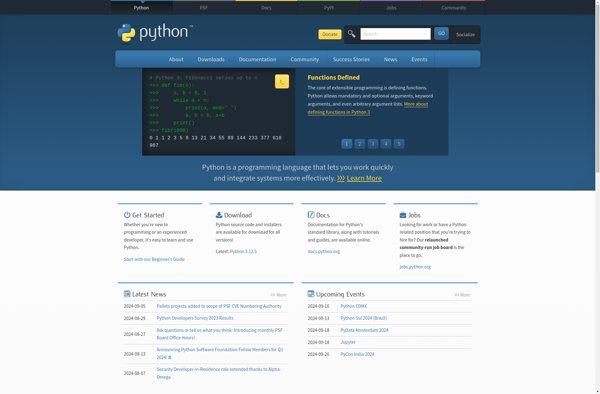
Kotlin
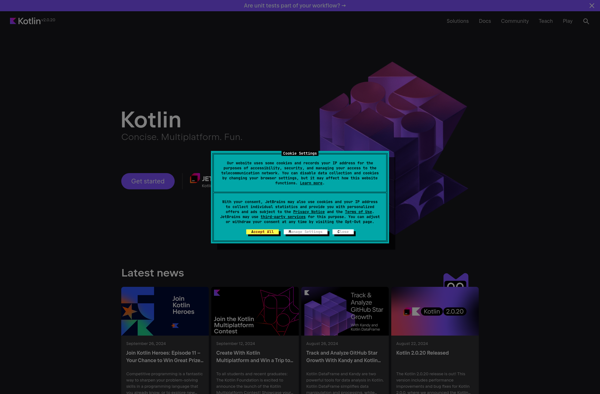
AngelScript
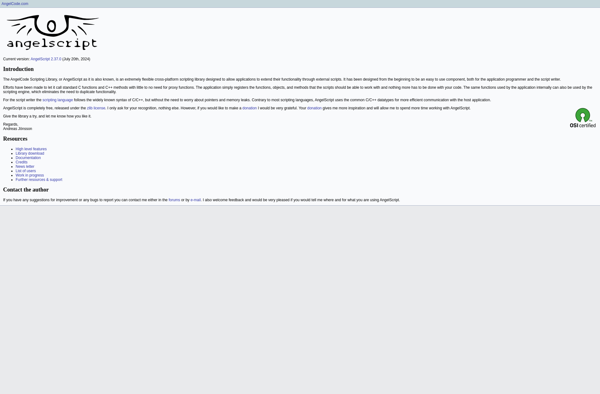
Elixir
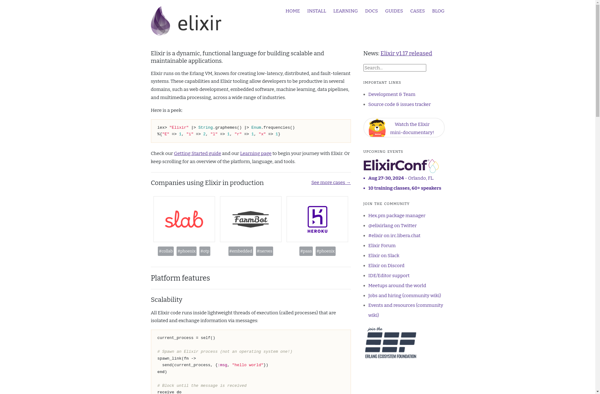
Pyjs

TypeScript
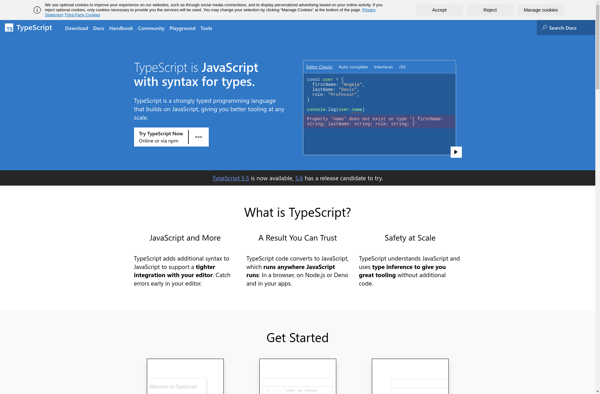
Apple Swift
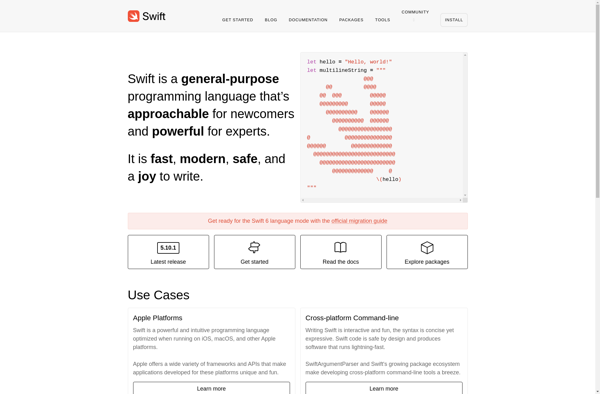
Jython
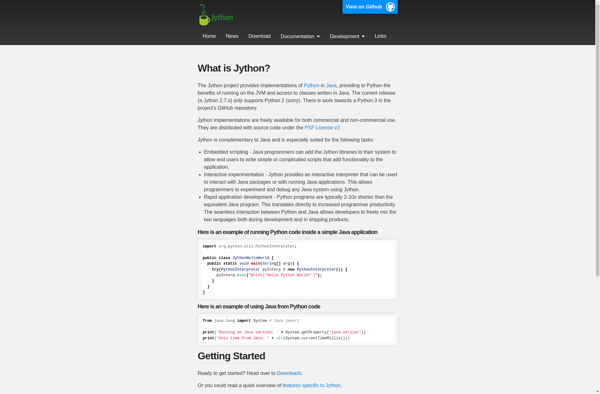
Groovy
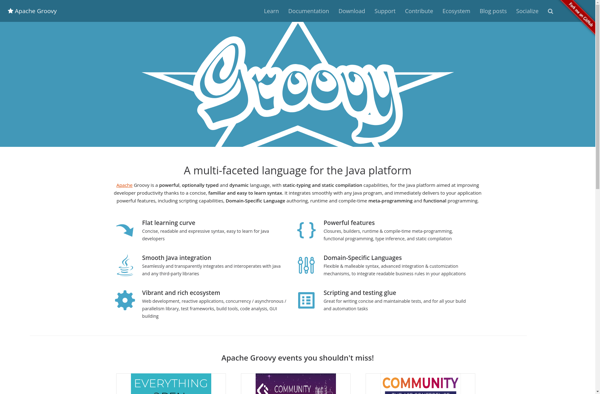
WebAssembly
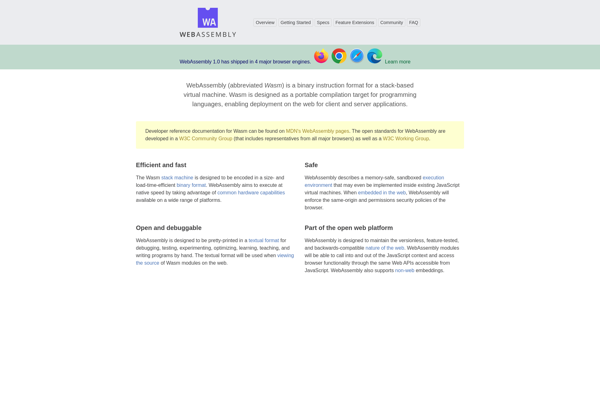
Transcrypt
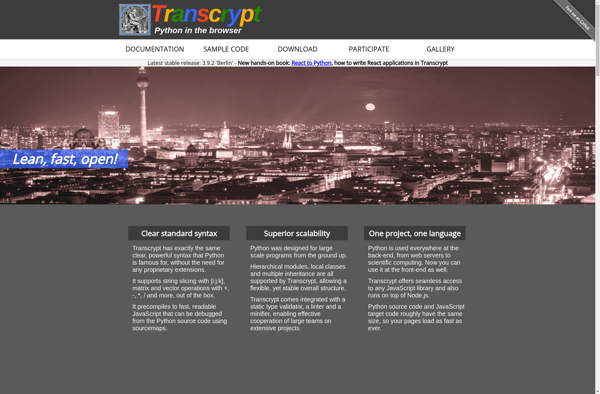
Brython
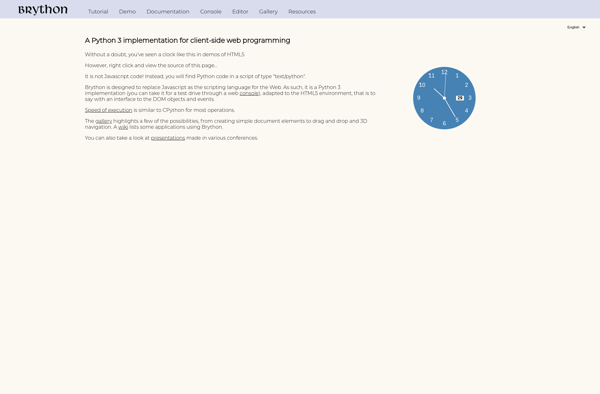
Script#
CoffeeScript
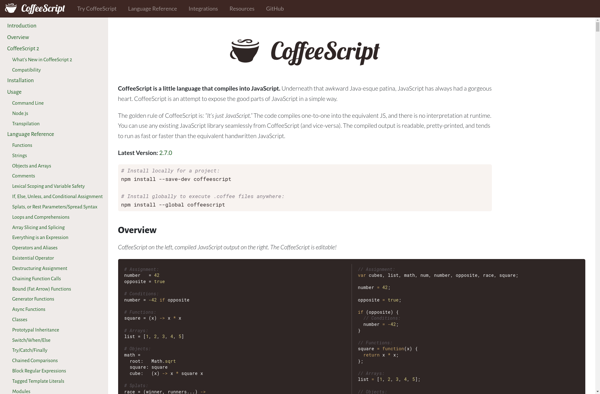
RapydScript
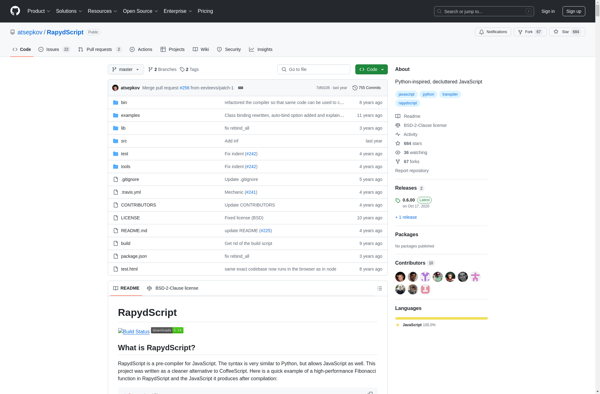
IronPython
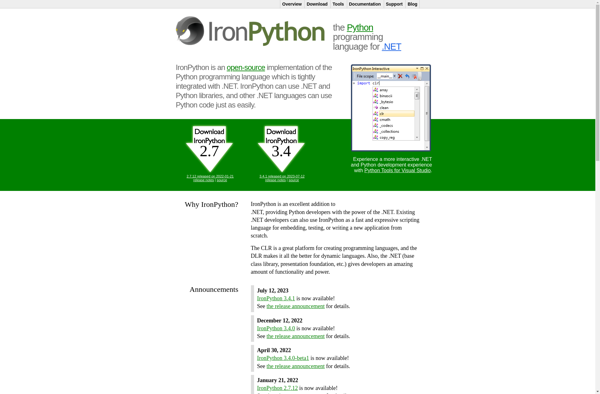
LiveScript

Solidity
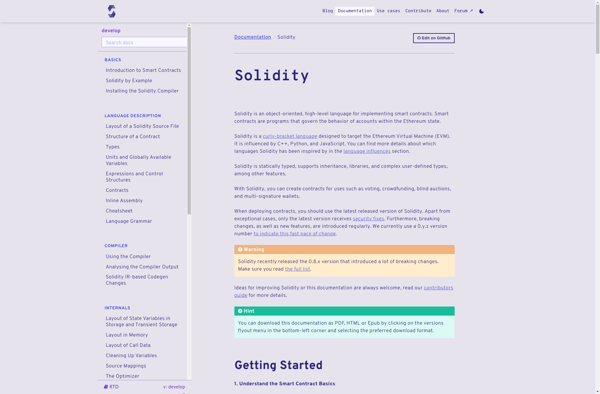
Ceylon
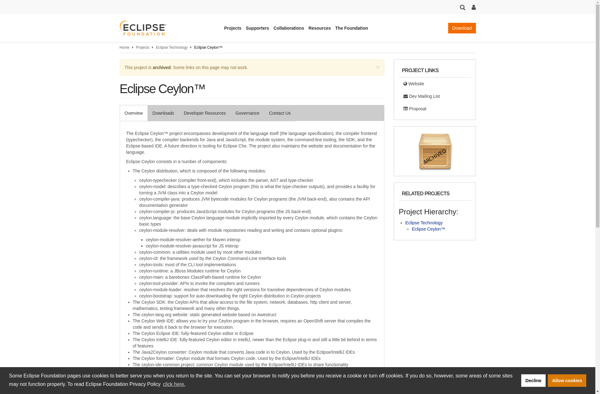
Wyvern
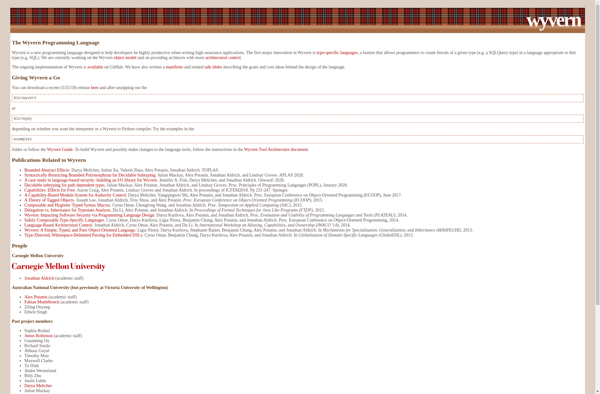
Kaffeine JS

Real-Time JavaScript Tool
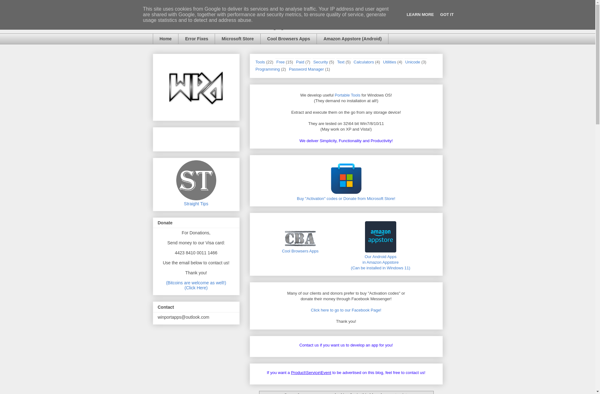
Clojure
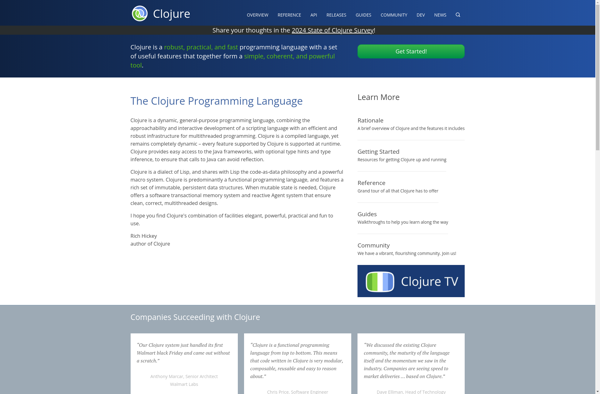
Chibi Scheme
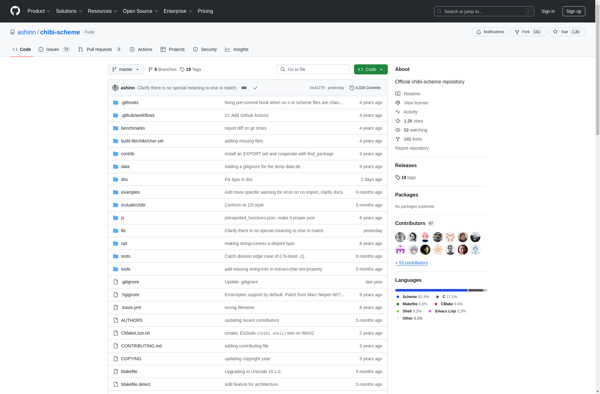
Object Pascal
Amber Smalltalk
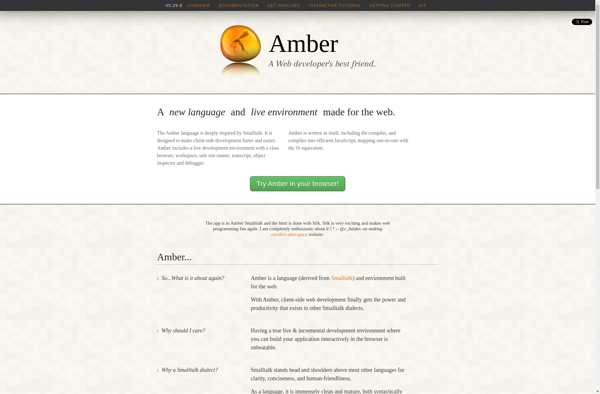
ReasonML
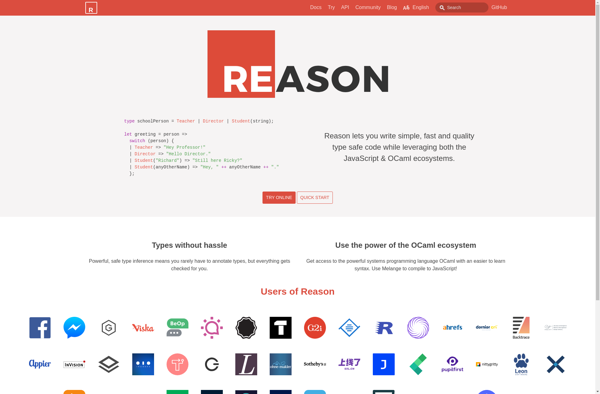
TinyScheme
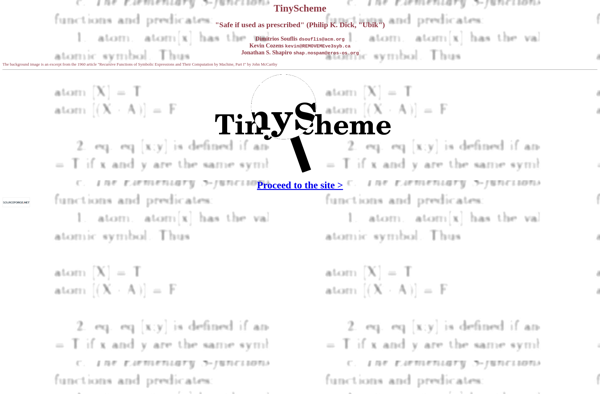
ChaiScript
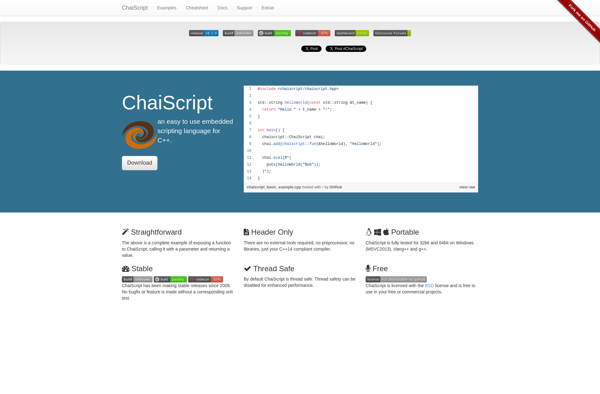
JRuby
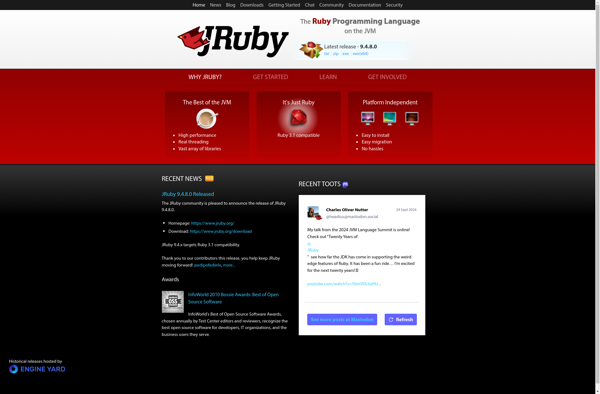
Skulpt
Objective-C

X10 (programming language)

Objective-J
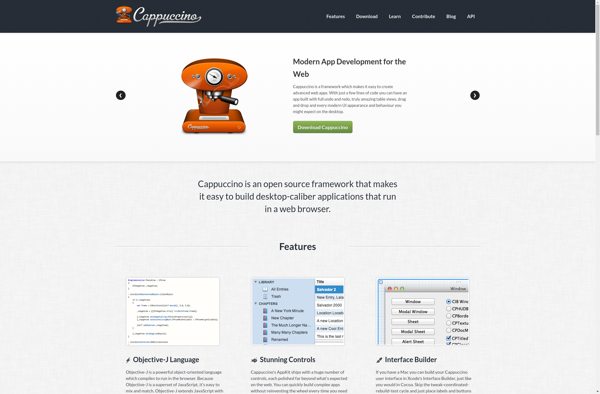
Guile
